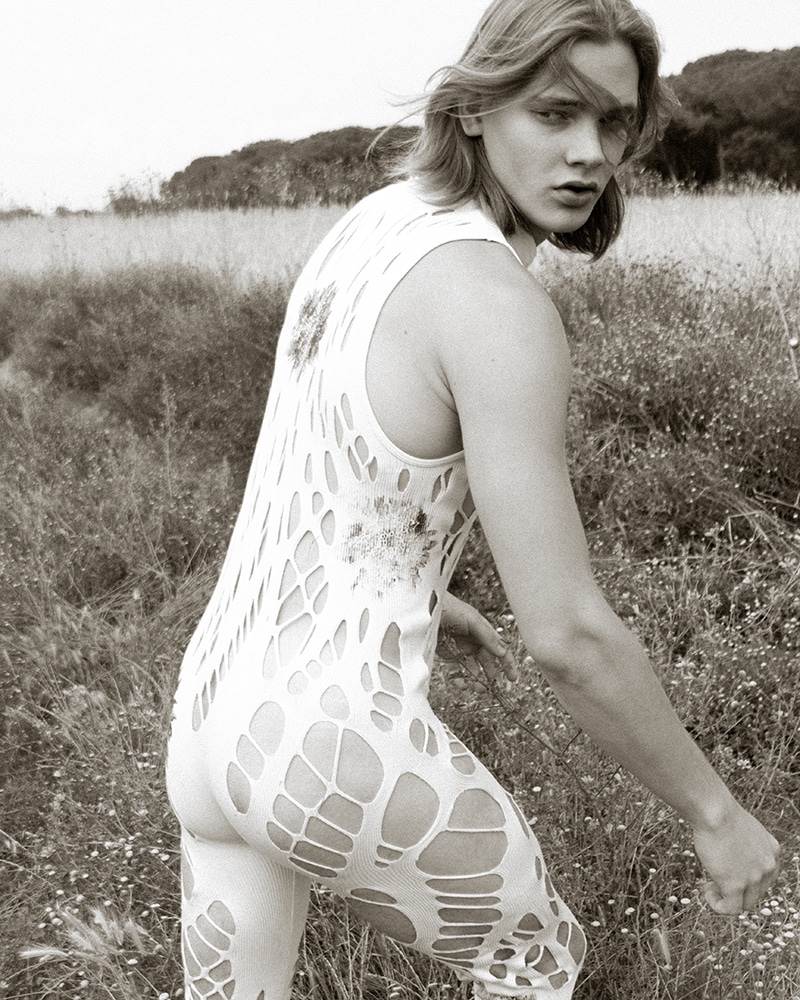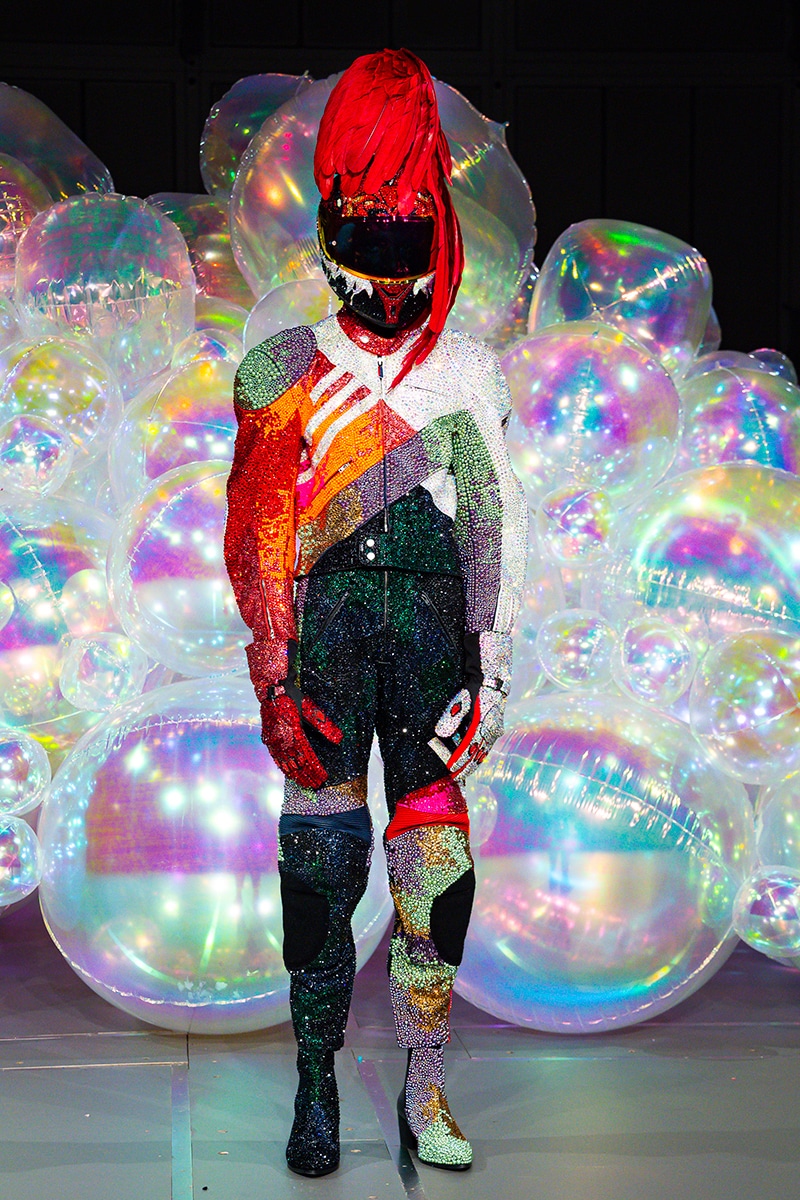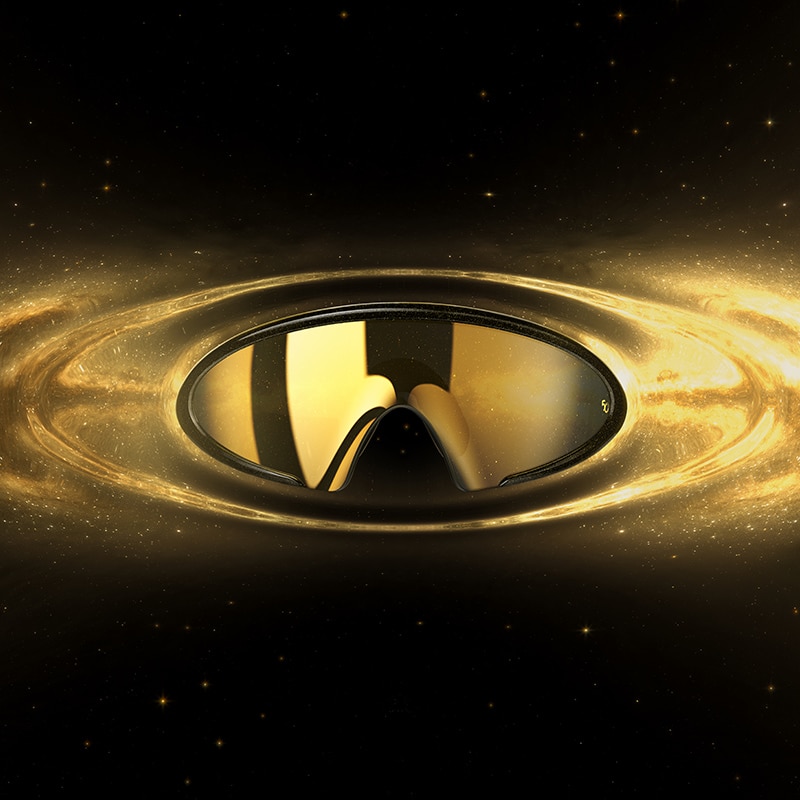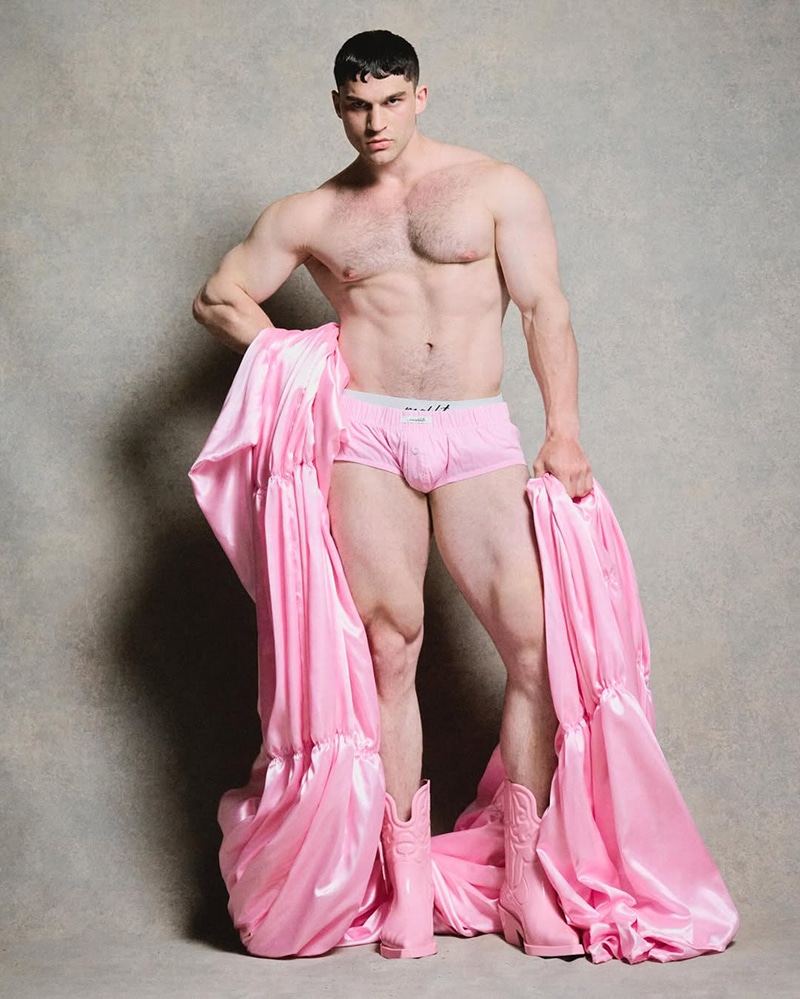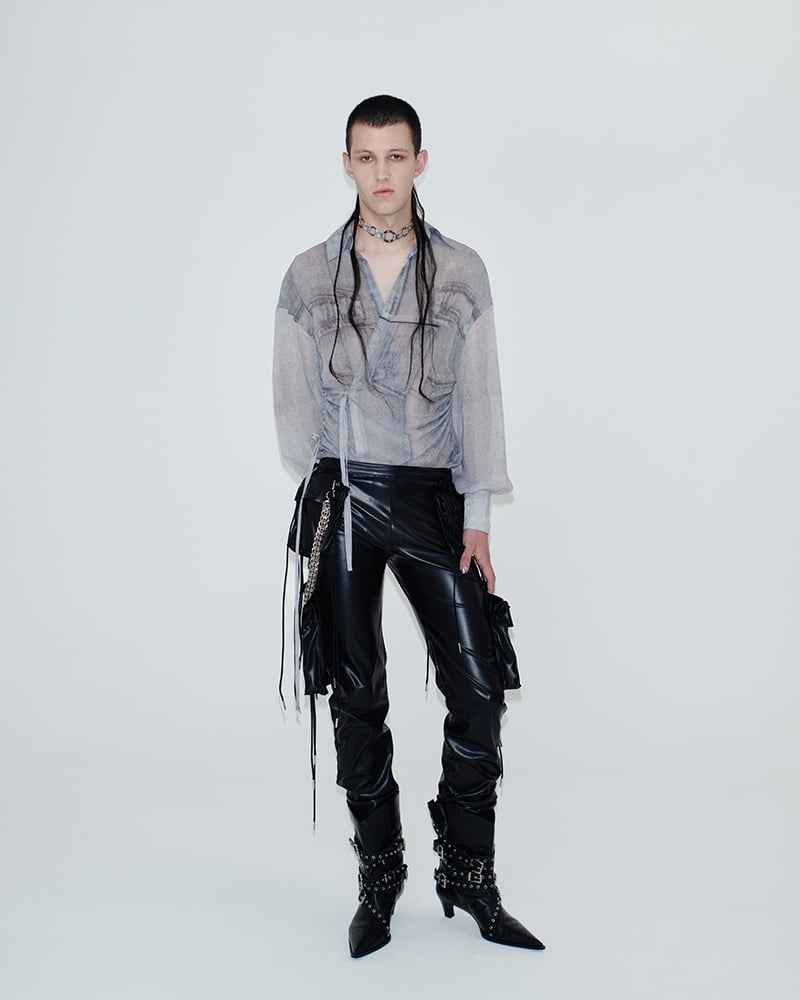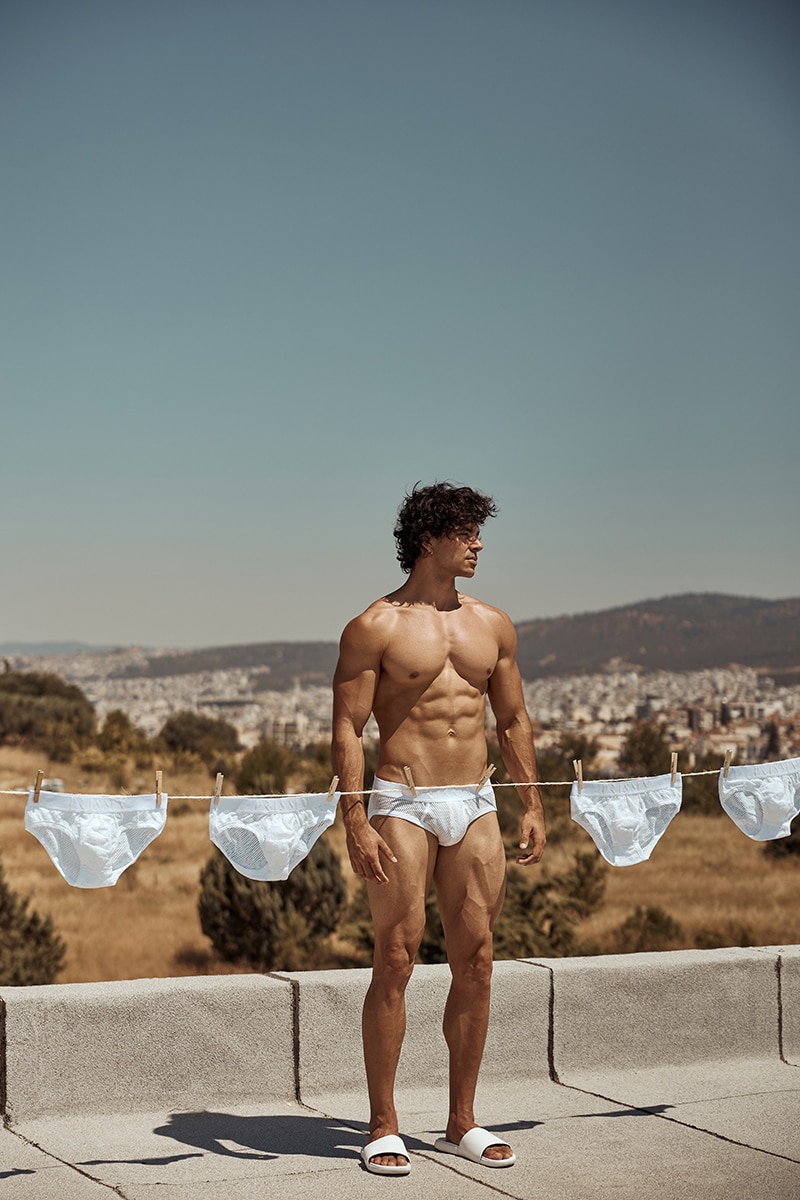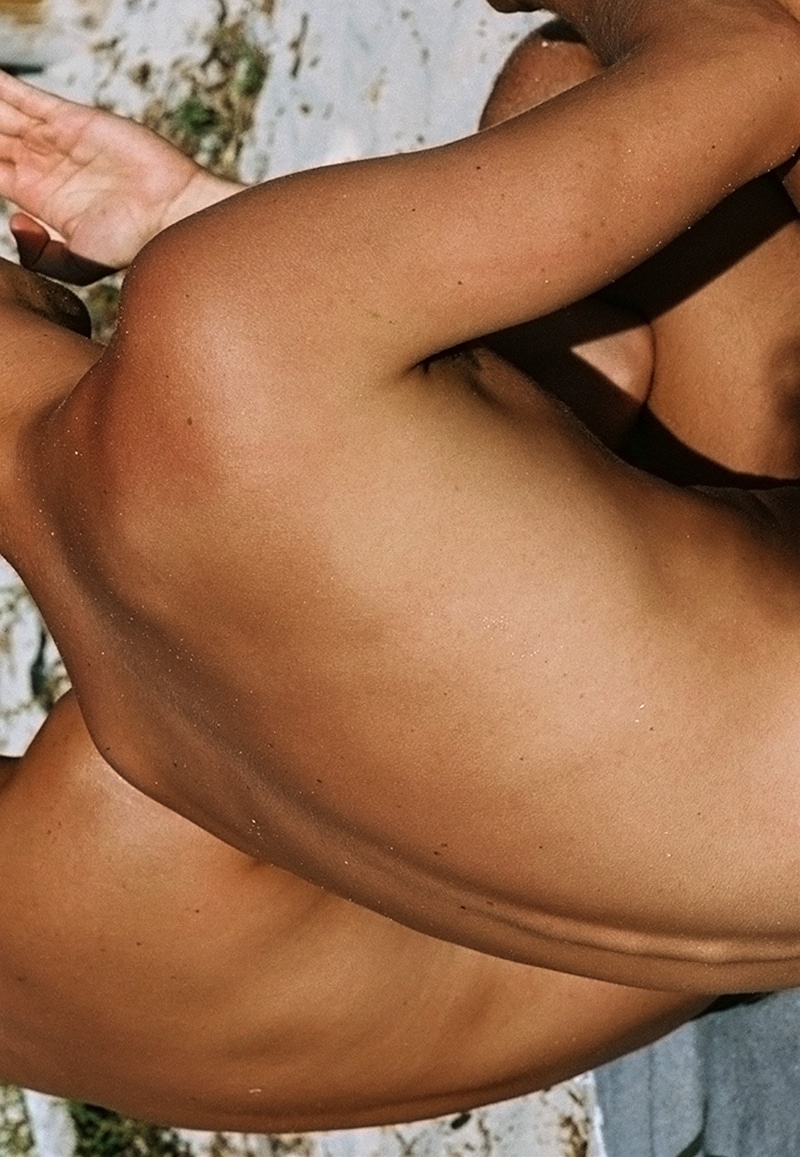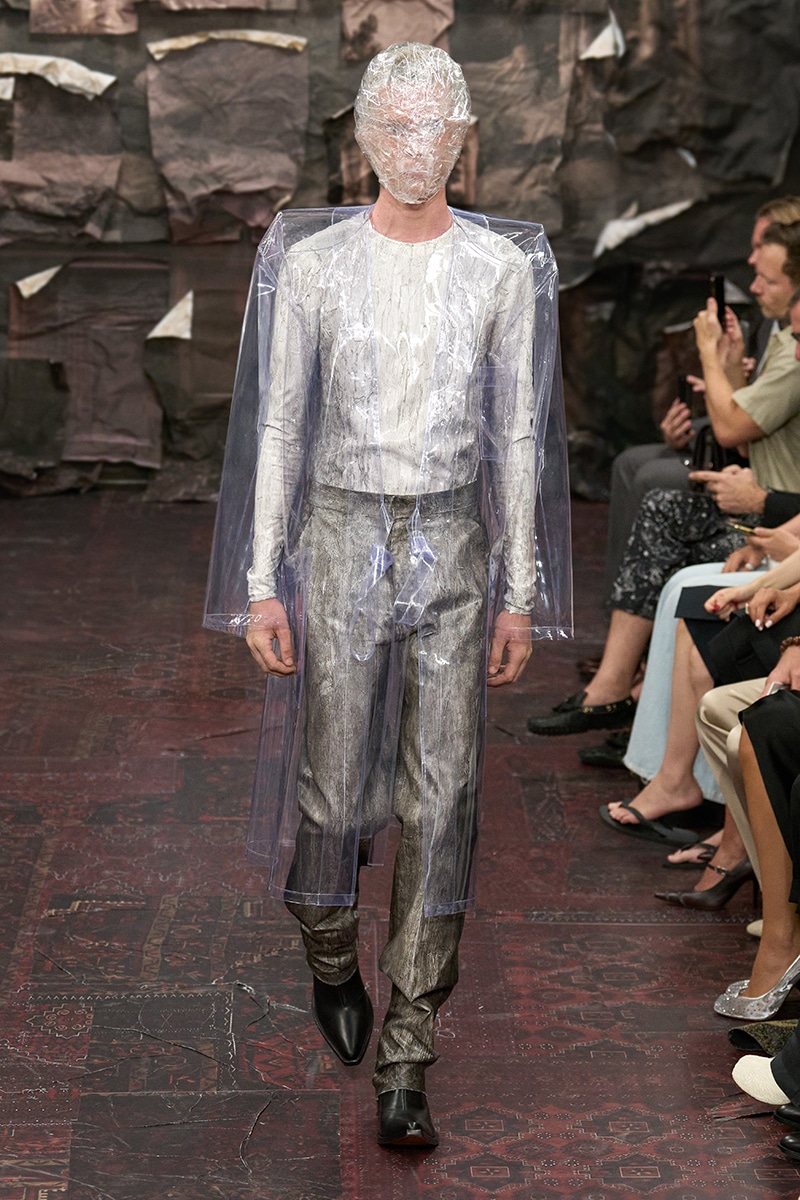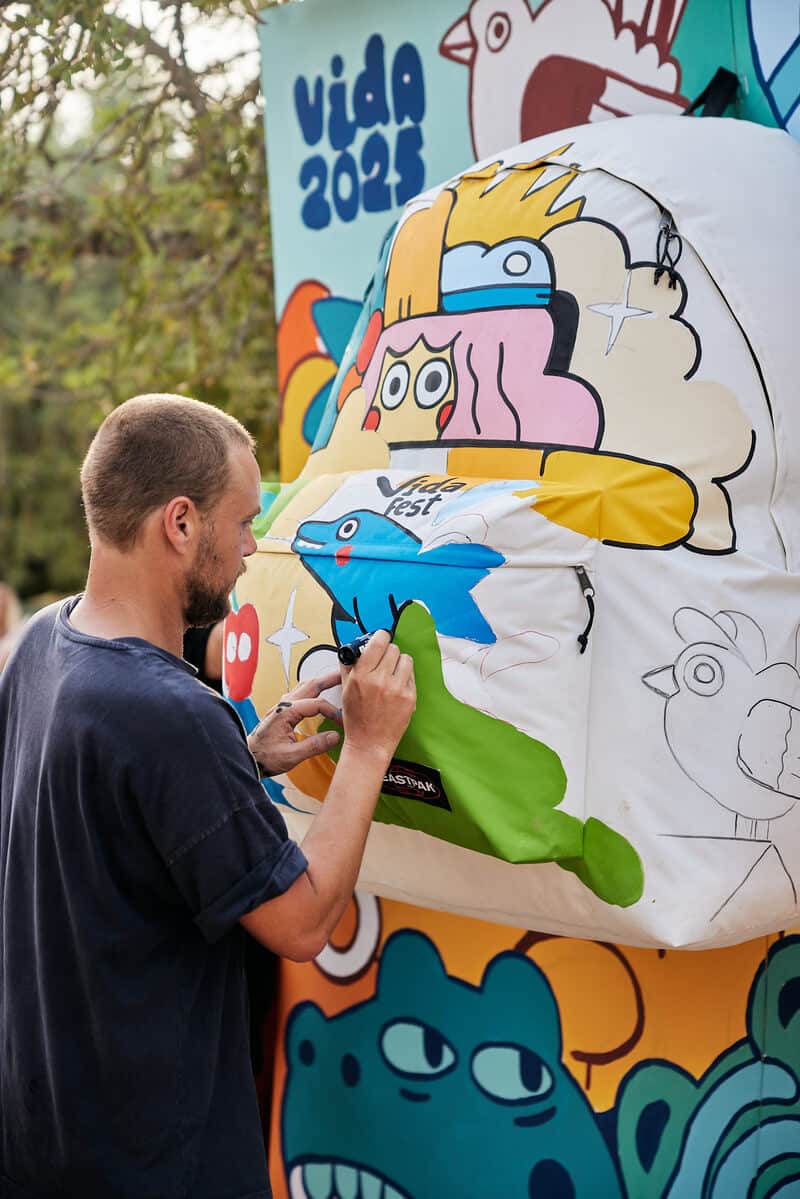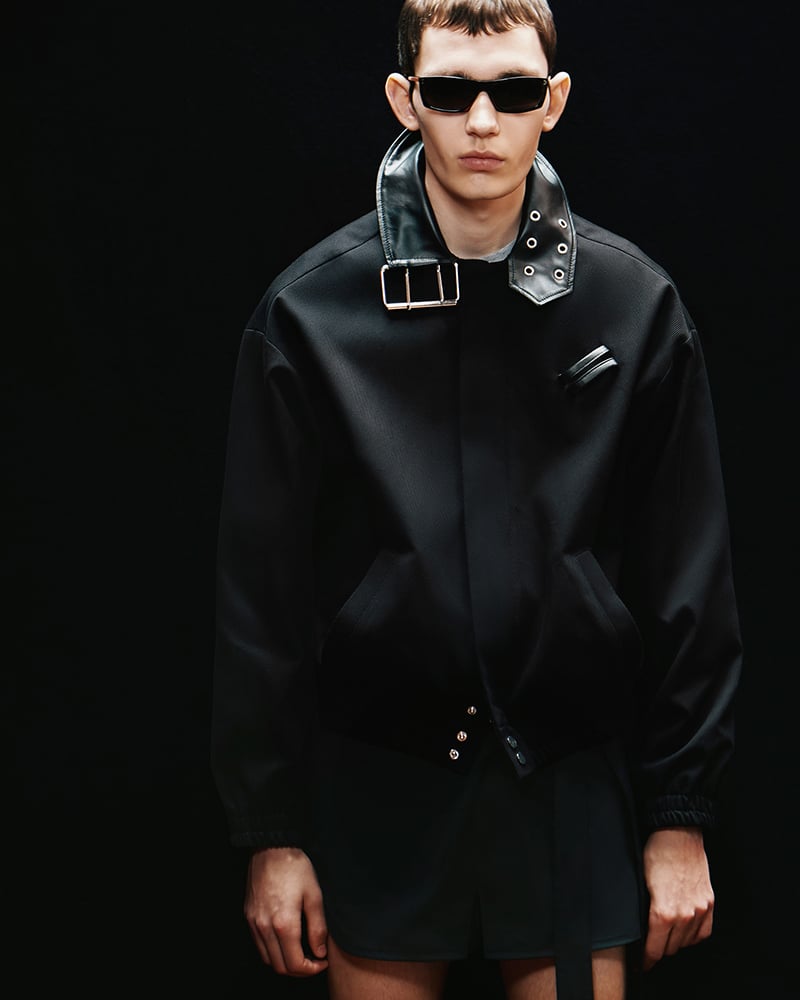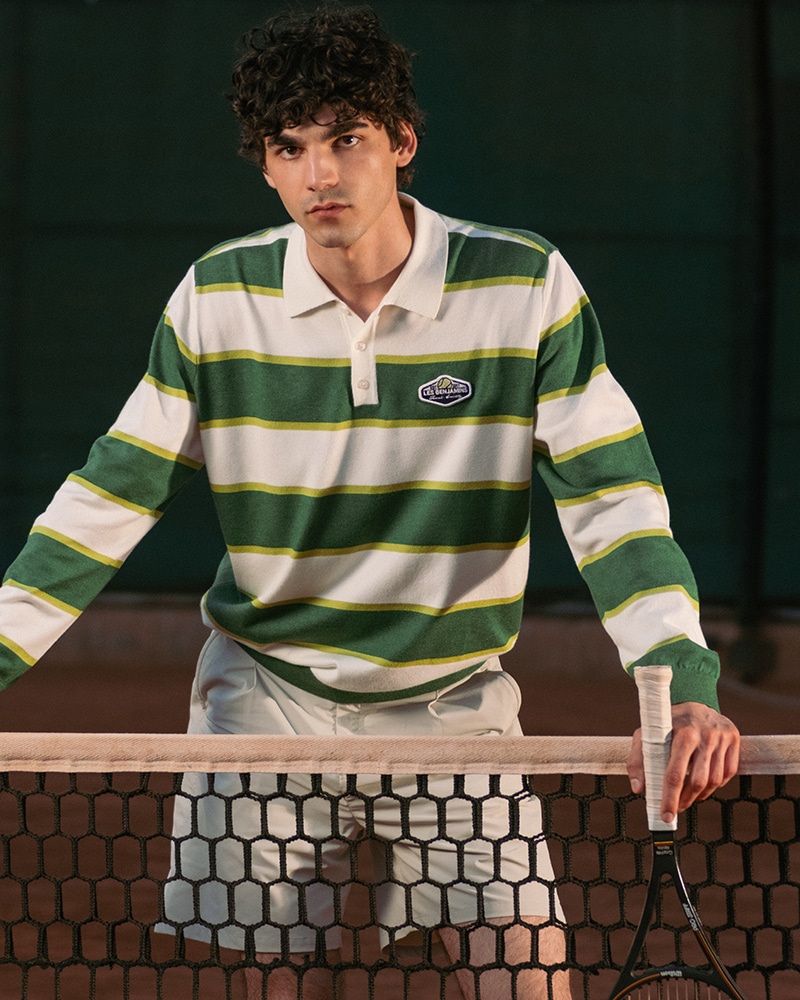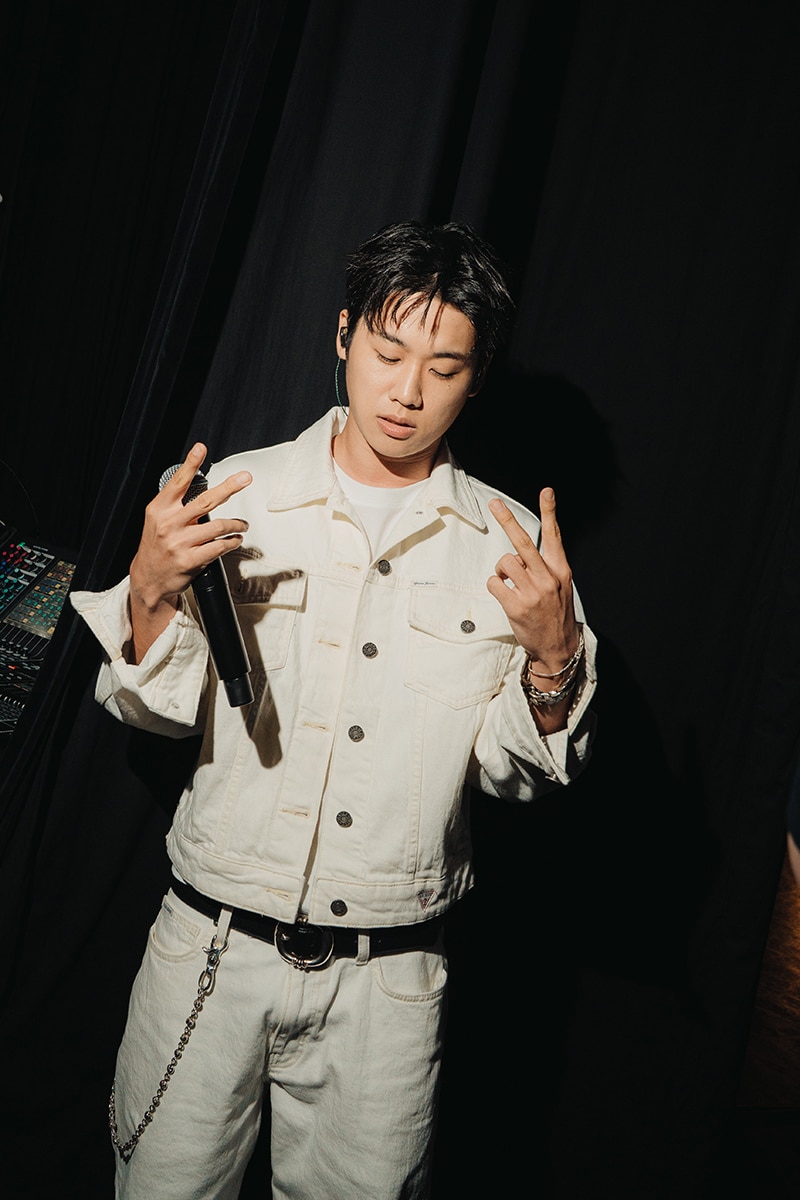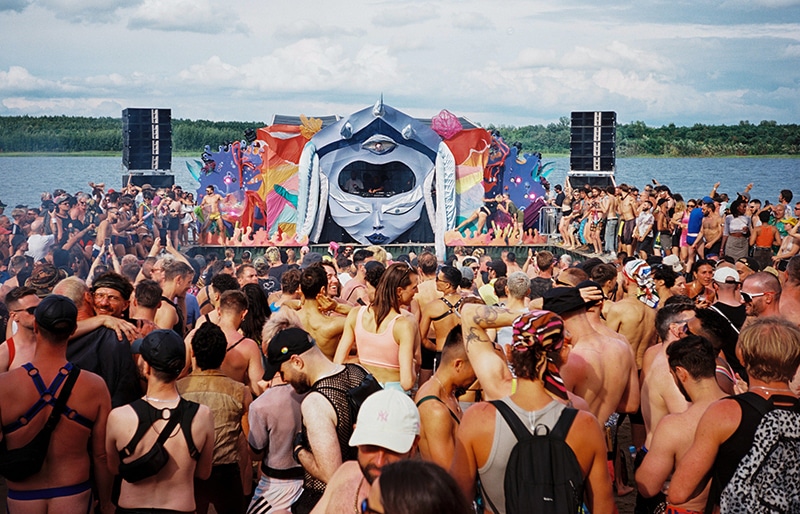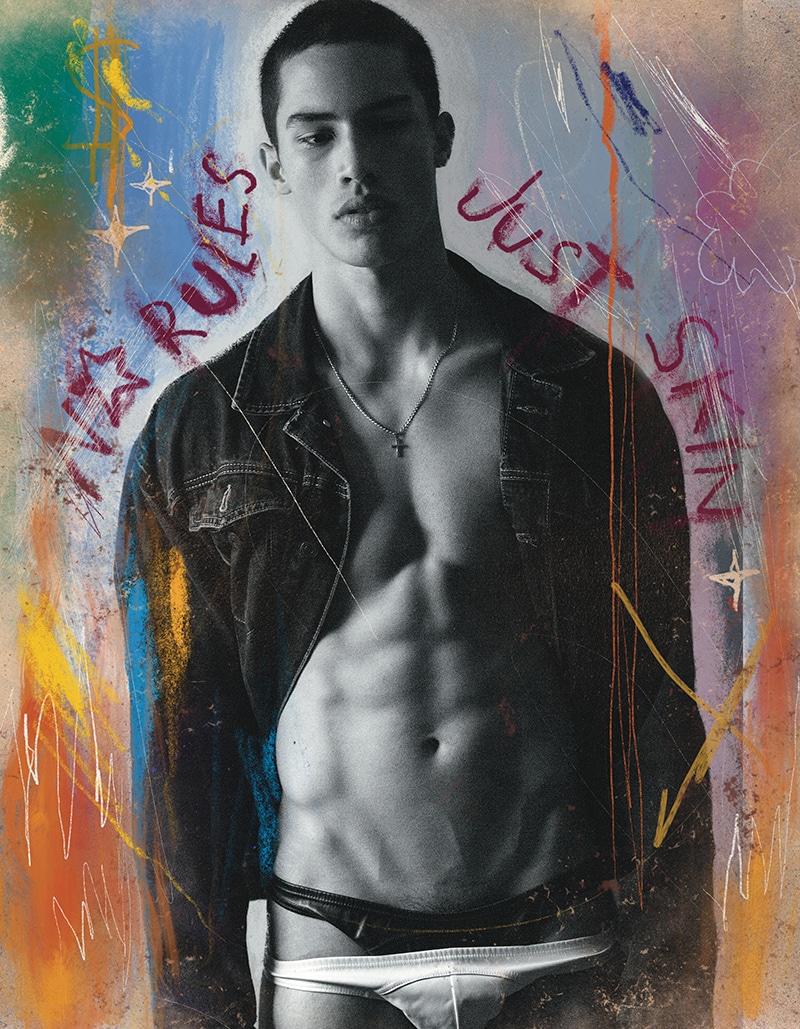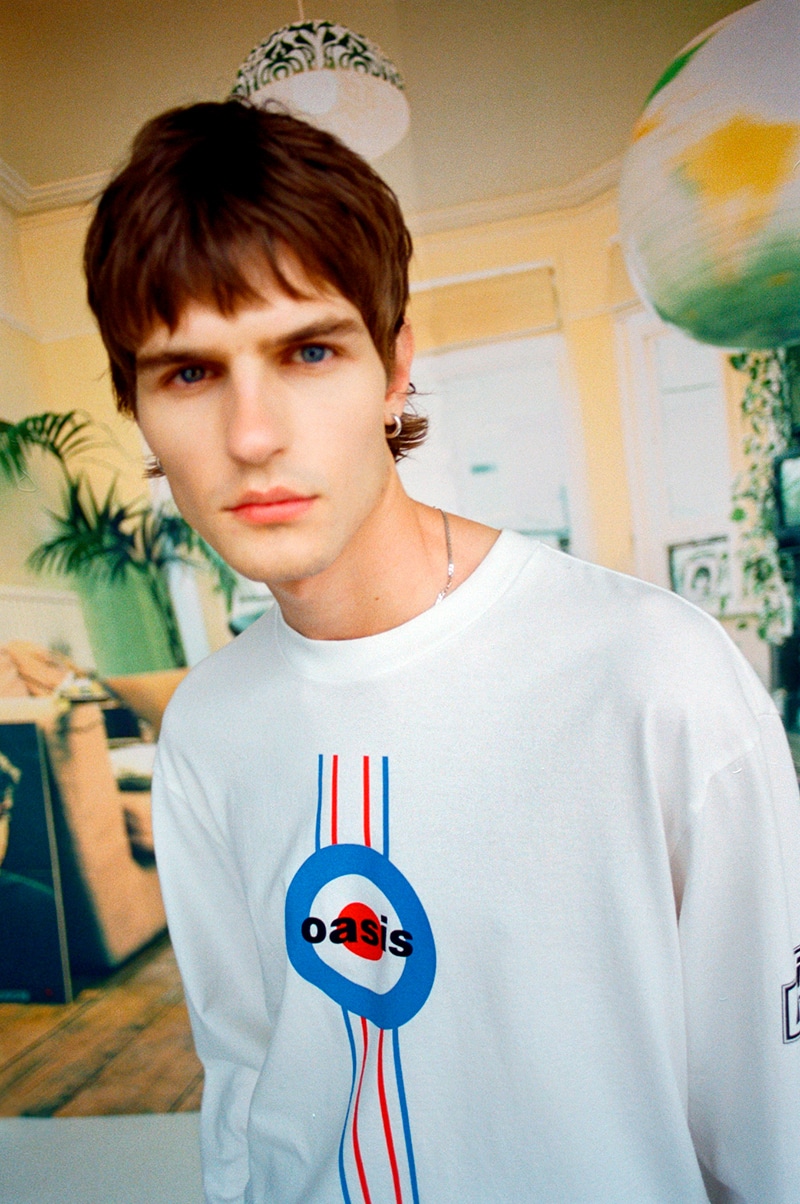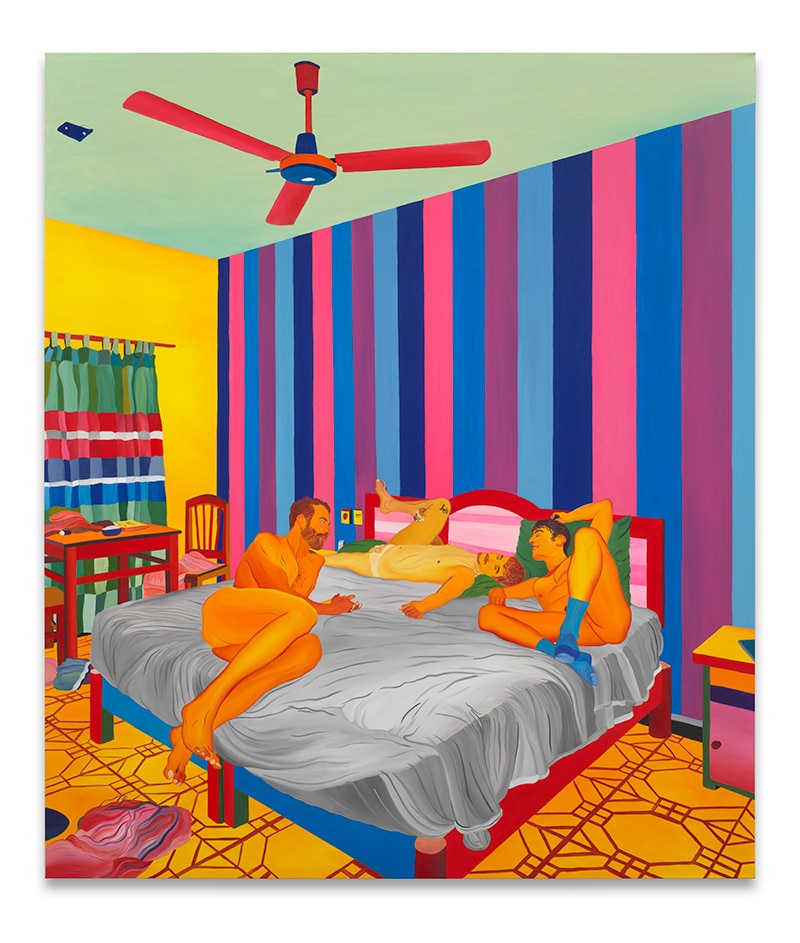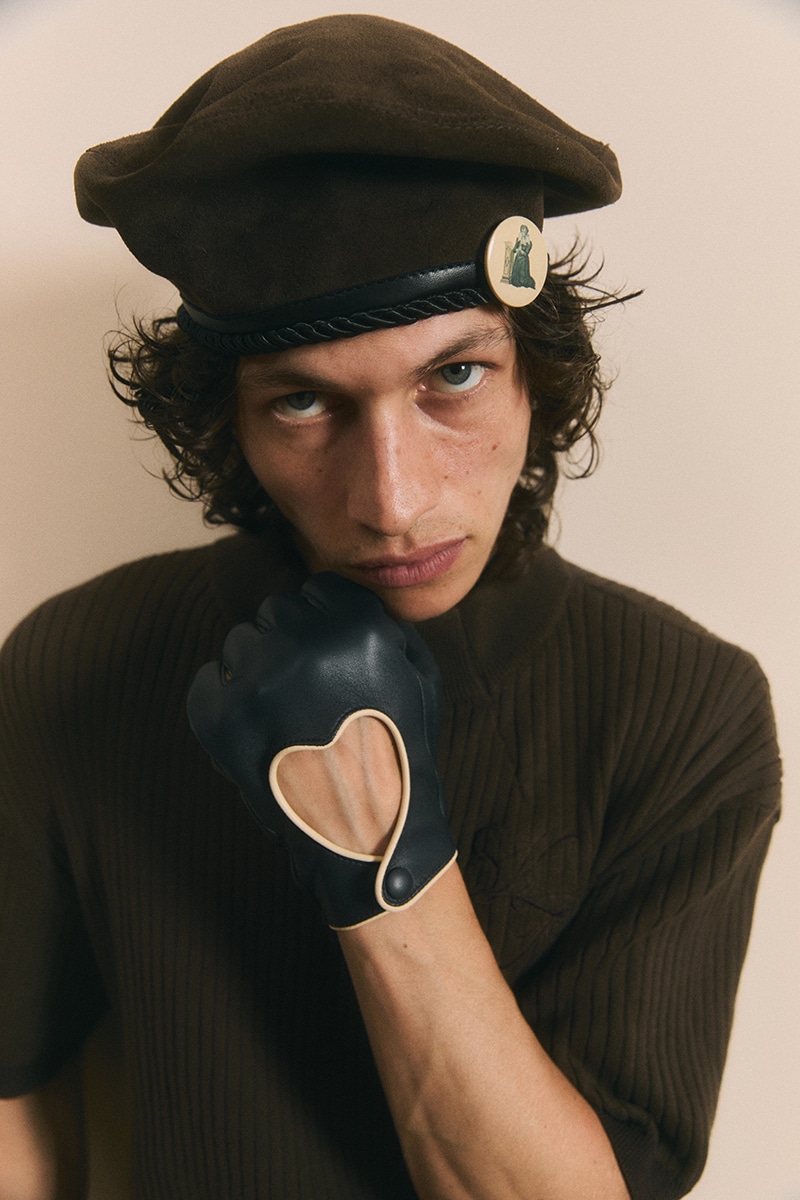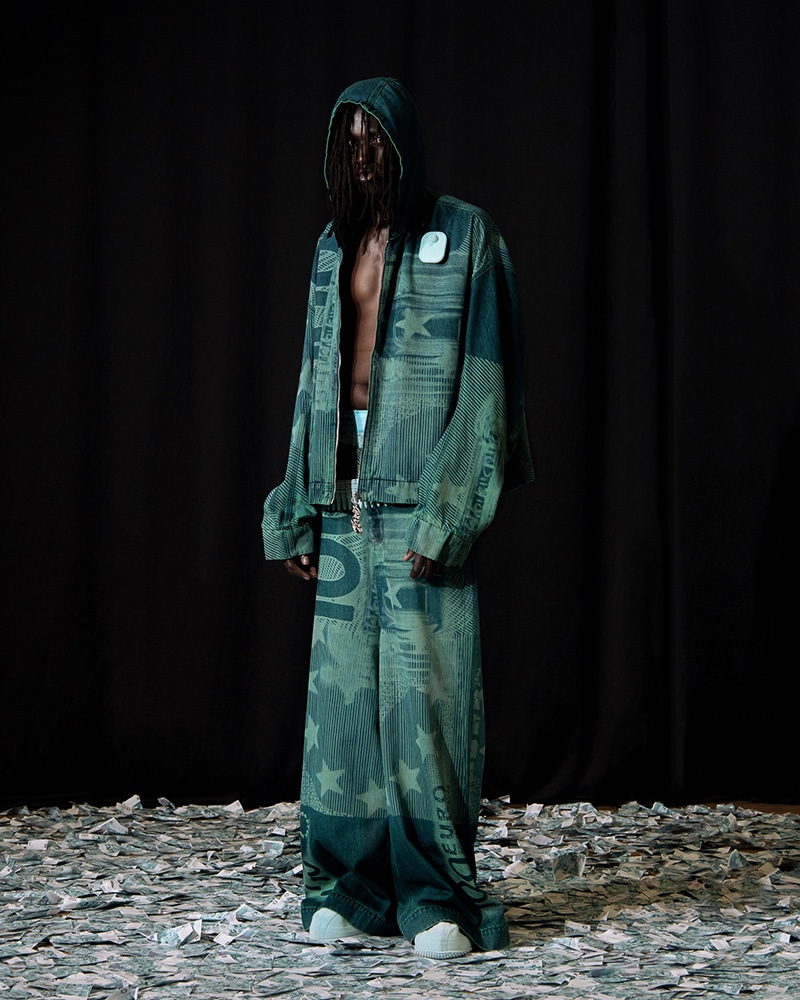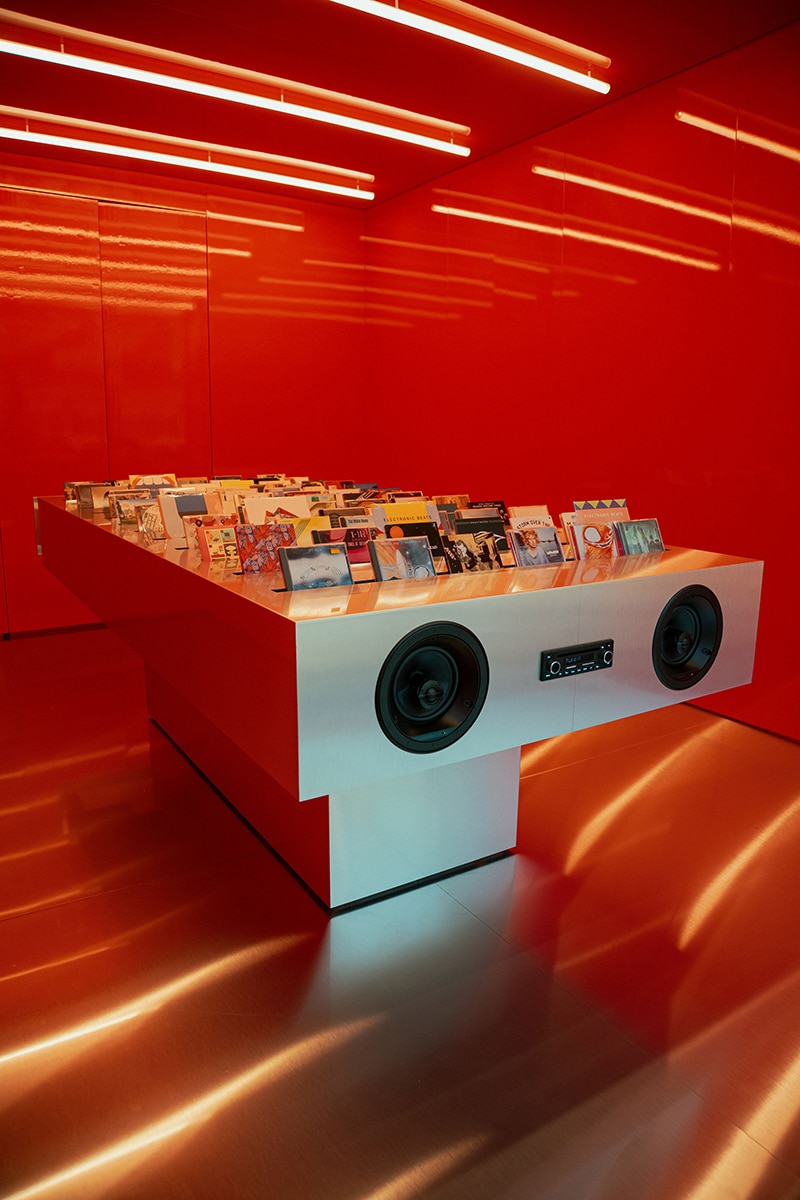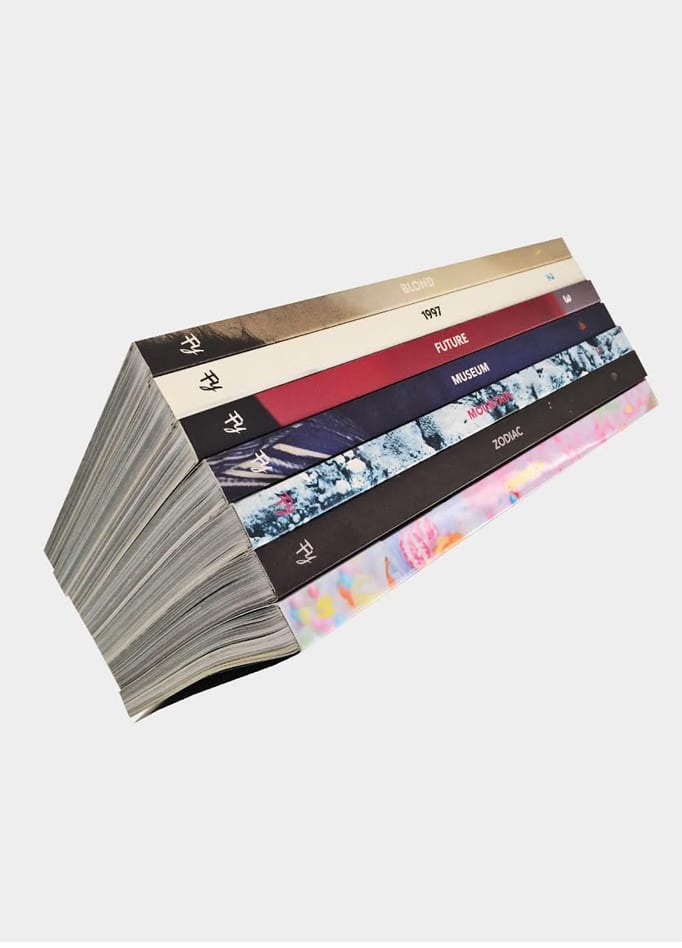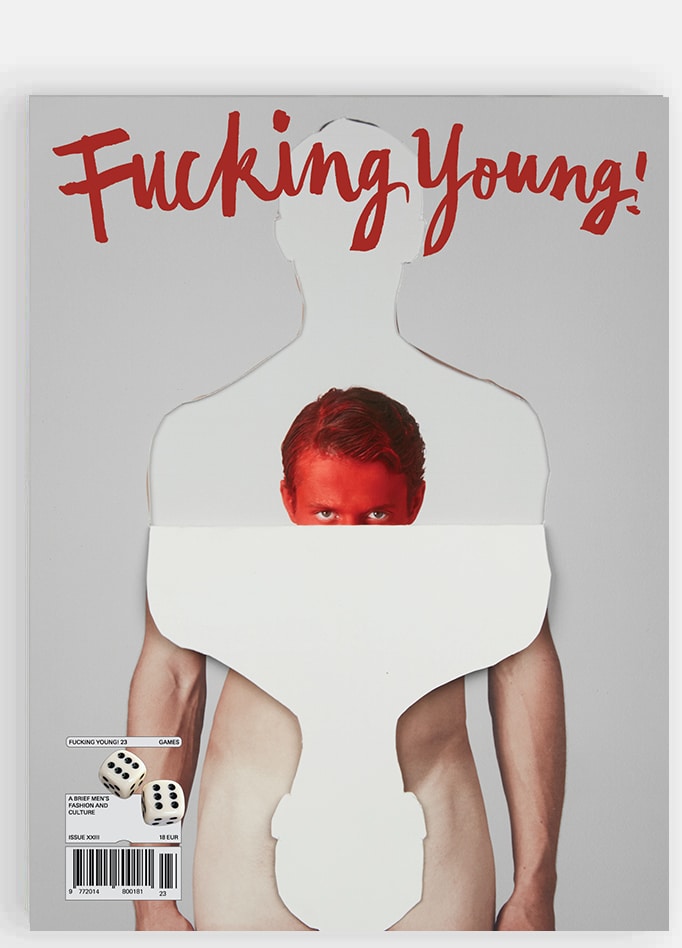In recent years, Tbilisi has been on everyone’s tongue with its’ emerging underground culture fusing with art, design, cuisine, and of course fashion. Modern life is just as vibrant as it was on the ancient Silk Road. During Soviet times the city was a popular spot for creatives and hippies, dubbed “Soviet Italy”.
To this day, visiting the city is still the anti-establishment and edgy thing to do. While it is experiencing a cultural renaissance thanks to a new generation of forward-thinking Georgians pushing both for cultural and social change, we caught up with four of them showing the architecture and what this city means for them, shot by Levan Maisuradze and produced by Sofia Tchkonia, in this Fucking Young Exclusive!
AKA PRODIASHVILI / Designer
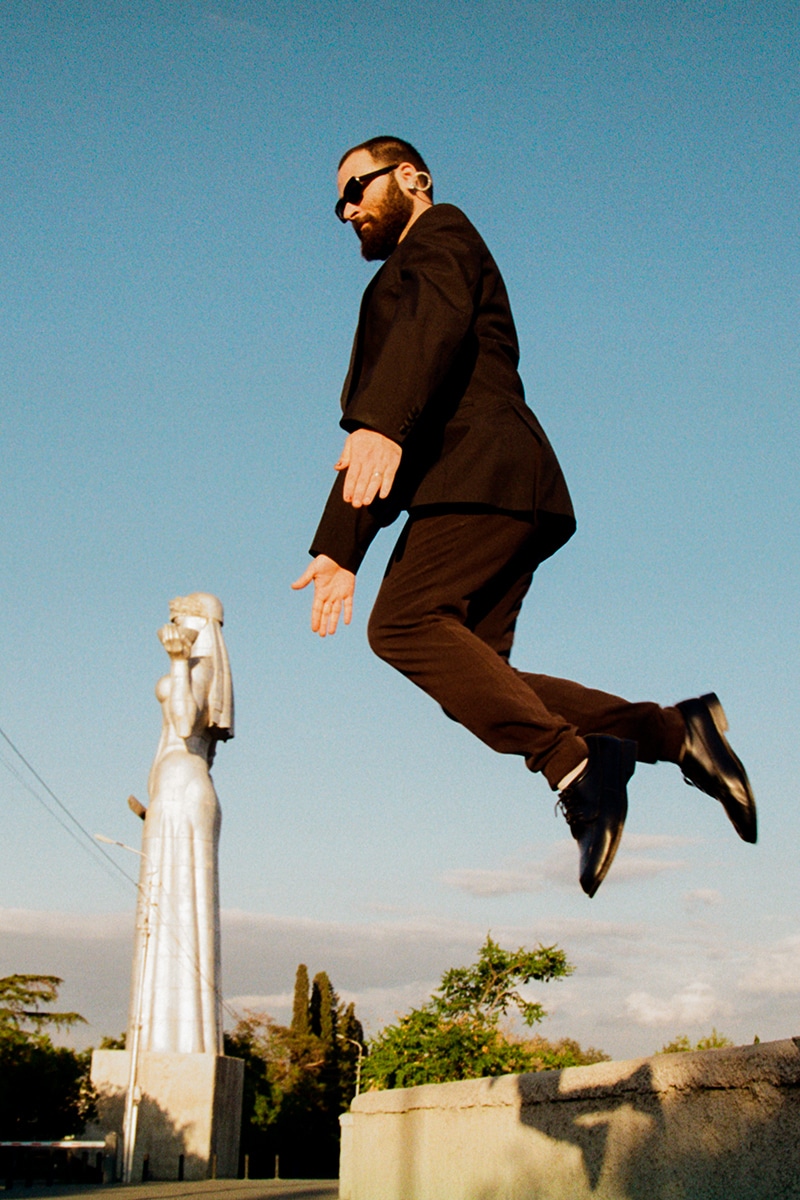
Aka Prodiashvili, a 24-years-old rising fashion designer, born in Tbilisi, is famous for drag queens aesthetics with baroque elegance wrapped in extraordinary performances. He is known in Tbilisi, since age 17, working as a stylist with international and local magazines. After his first fashion show during Mercedes-Benz Fashion Week Tbilisi, was featured in many magazines, such as Vogue, Dazed, and Re-edition.
With each of his collections underscored with a unique, sometimes slightly macabre, but always wholly appealing edge, the designer has found himself fans in Arca, Lady Gaga, and even Paris Hilton who draws inspiration from the city’s DIY underground clubbing scene and its vibrant LGBTQ+ community, challenging Georgia’s conservative values with his progressive, gender-skewing designs.

You grew up in Georgia. How do you think that influenced or affected your work? What is Tbilisi for you, what you like and dislike in the city the most?
Georgia has influenced a lot on my work process, everything that is happening nowadays around me and all the steps, which I had to undertake in this country, had aroused a protest and social responsibility, which I translate into my collections. Tbilisi is a very interesting city, I grew up here and love everything around but it is so painful to see how the historic places are treated and we have no professionals in landscape design field who would save the city from the concrete constructions.
Name three things that inspire you?
I get inspiration from horror and psychological movies, in a relationship with the works of contemporary artists, and with a great desire and interest in overcoming difficulties
Do you find more support or more criticism?
Both criticism and support provoke me to make my step forward to make everything better than it was better, so it both makes me happy and strengthens me.
When do you feel most creative?
I am most creative when I feel inspired and especially in the process of making something
What is a lesson that you learned the hard way?
I often take life lessons; I gradually become more prudent and try to anticipate the expected puzzle, difficulty, or joy in advance.
TAMRA / Designer/ Artist/ Filmmaker
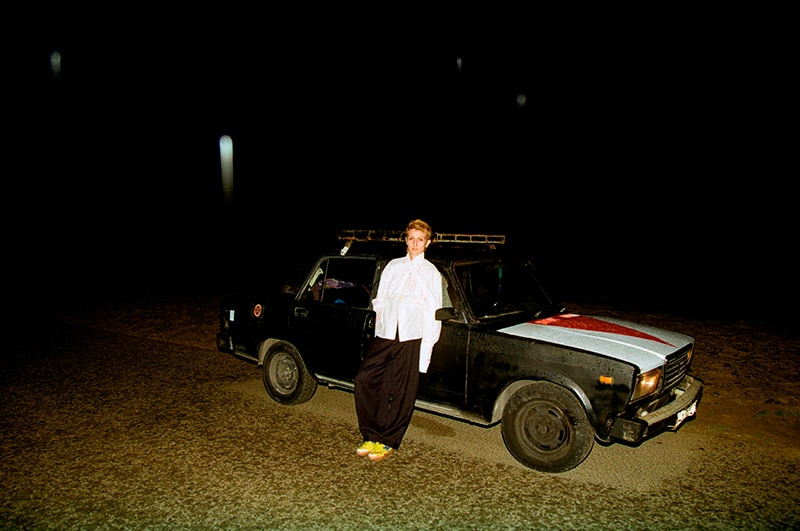
Tamuna Karumidze is a multi-media artist born and based in Tbilisi, who has dipped into the world of fashion under the label Tamra. The story behind the label is about interdisciplinary design, the relation between art, movies, music, skateboarding, and fashion.
After studying visual arts at the art academy of Berlin, she moved back to Tbilisi where the Tamra label and Tamraskateboards brand were created.

You grew up in Georgia. How do you think that influenced or affected your work?
Education and values. I was born at soviet times where culture, science, and art were still most appreciated. One had to know music, literature, sports, science and had the ambition to have a bigger picture.
What is Tbilisi for you, what you like and dislike in the city the most?
The unexpectedness.
Name three things that inspire you?
Images, sounds, movies
Do you find more support or more criticism?
More Support definitely.
When do you feel most creative?
When nothing is predefined.
What’s a lesson that you learned the hard way?
If you want things to be good, do it yourself.
UTA BEKAIA/ Artist

Uta Bekaia engages multiple artistic mediums, creating wearable sculptures, performances, and videos, where the borders between the disciplines are blurred, and the cultural references are synthesized in his own, personalized vision.
With the background in fashion and costume making at the beginning of his career, Bekaia transformed these mediums into the main means, to approach the human body and fully emerge into performances. Inspired by ancient mythology, fairy tales, Italian Baroque, and Georgian Dada, Bekaia with his exuberant, sculptural costumes, reinvents, and re-stages long lost, never-before-documented rituals. Believing in the genetic transferability of communal memory, Bekaia attempts to re-connect with the ancient knowledge and impregnate it with his own experiences and new meaning.
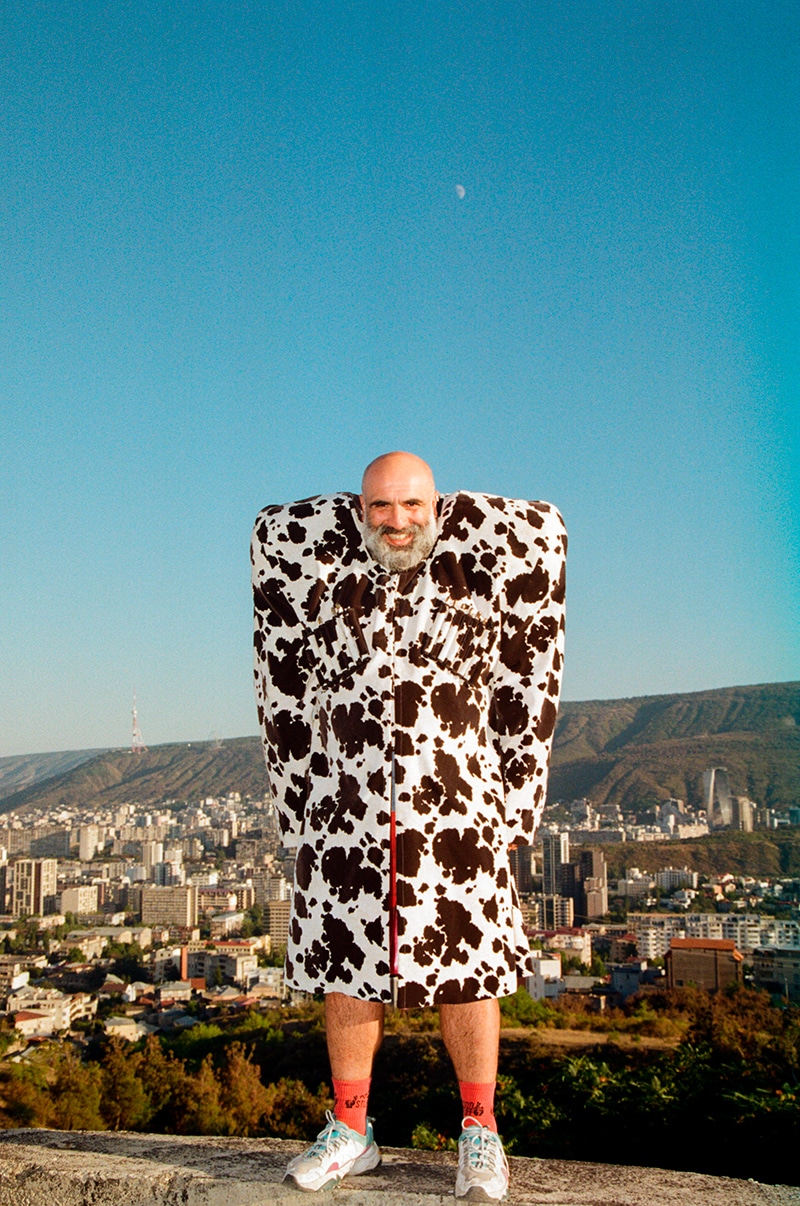
You grew up in Georgia. How do you think that influenced or affected your work?
Growing up in Tbilisi had a crucial impact on me and my work. As a young man, I immigrated to the states, got lost in New York City… After many years of not having any contact with my home, I started to analyze my upbringing from an “outsider” point of view. It gave me a chance to look at it from a completely different perspective, and as I felt rootless, I started to incorporate my heritage into my work and my life.
What is Tbilisi for you, what you like and dislike in the city the most?
I moved back to Tbilisi two years ago. Tbilisi is an empty canvas for me, it’s a place where I can fully utilize my potential, and be part of something bigger than I am. The dark side of this city is bigotry and ignorance, just like anywhere else.
Name three things that inspire you?
Nature first and foremost, its patterns and ornaments. Mythology, finding something magical in our history and surrounding. And friends & lovers, who give me the kickstart and energy boost when it is needed the most.
Do you find more support or more criticism?
I find both, but I wish I have more critical thinking around, where I could have a dialog about my work with someone invested, I guess as every other artist would.
When do you feel most creative?
In the morning, when it’s quiet outside and inside, after meditation. This is a time when chaos is most calm for me.
What’s a lesson that you learned the hard way?
Not been brave when needed, thinking too much of what others think, not appreciate my self by not giving enough credit to me, not knowing how to say NO.
SIMON MACHABELI/ Designer
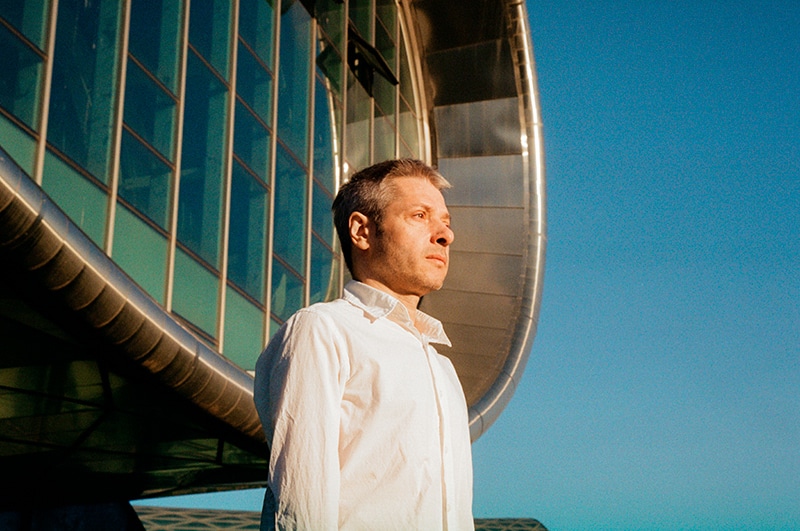
Simon Machabeli is a Georgian designer working across multiple fields of performing arts, be it theatre, opera, film, or fashion.
Simon began to design early on and in his student years was already an established set designer working in theatres in Georgia and abroad. After graduating from Central St. Martin’s College of Art and Design’s legendary fashion course (MA in womenswear) in 2008, Simon returned to Georgia, he won and designed Formal Military Uniform for Honor’s Guard, several fashion collections for local brands worked as a costume and production designer on several films, theatre and opera productions.
His latest works include costume design for Tchaikovsky- ‘le Enchantress’ at the Opera-de Lyon, costume design for feature film ‘Girls of the Sun’. With his video and drawing presentations, Simon attempts to challenge the conventional catwalk shows and seasonal fashion collections with highly individual installations. These are aesthetic interpretations of Georgian religious arts, sacred costumes, and personal experience. A fastidious draftsman and a profound connoisseur of fashion Grammar-Simon Machabeli is an artist who provokes the ephemeral world of fashion and creates distinct, non-seasonal garments outside of the fashion system, always charged with greater story, substance, and the finest quality.
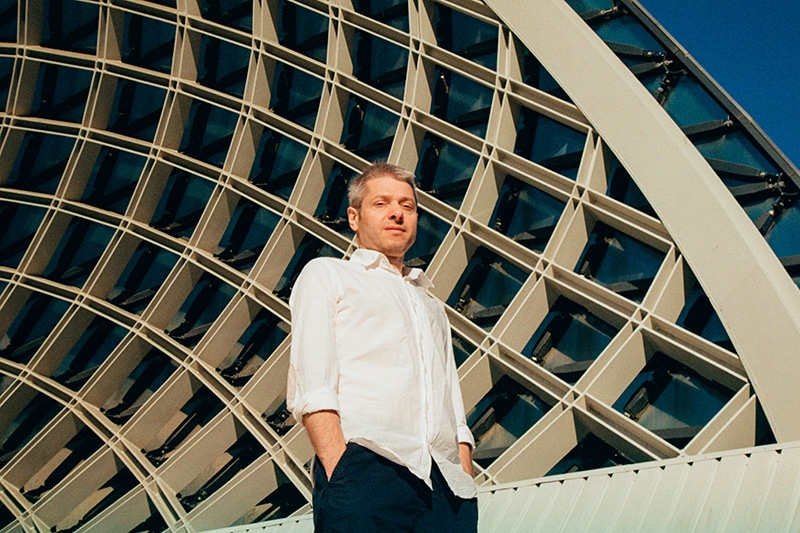
You grew up in Georgia. How do you think that influenced or affected your work? What is Tbilisi for you, what you like and dislike in the city the most?
I think growing up in Georgia has influenced my work on many levels, I am very much interested in roots and connections of people to a certain place and landscape, I view the creative process as an attempt of unlocking the mystery of that placement.
Every time discovering the dilapidated beauty of the once elegant city is the most tender feeling which I have for Tbilisi, I treasure every moment of that nostalgic reflection. I cannot accept anything which has been done to Tbilisi’s landscape after the 1990s.
Name three things that inspire you?
At the moment I am interested in Byzantine Devotional imagery. Ethnic wooden household items and color-full patterns of semi-precious stones.
Do you find more support or more criticism?
I think I receive a balance of criticism and support.
When do you feel most creative?
It is hard to catch that moment, perhaps when I am attempting to see the meaning behind certain beauty.
What’s a lesson that you learned the hard way?
How to provoke creativity is a lesson I am learning every time again and again.
